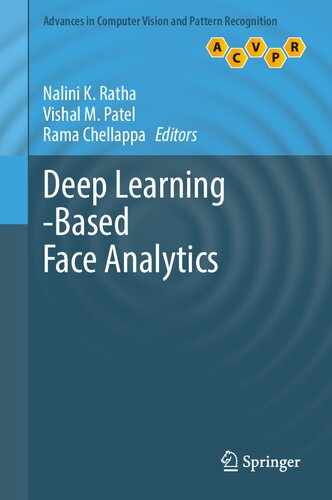

Most ebook files are in PDF format, so you can easily read them using various software such as Foxit Reader or directly on the Google Chrome browser.
Some ebook files are released by publishers in other formats such as .awz, .mobi, .epub, .fb2, etc. You may need to install specific software to read these formats on mobile/PC, such as Calibre.
Please read the tutorial at this link: https://ebookbell.com/faq
We offer FREE conversion to the popular formats you request; however, this may take some time. Therefore, right after payment, please email us, and we will try to provide the service as quickly as possible.
For some exceptional file formats or broken links (if any), please refrain from opening any disputes. Instead, email us first, and we will try to assist within a maximum of 6 hours.
EbookBell Team

0.0
0 reviewsThis book provides an overview of different deep learning-based methods for face recognition and related problems. Specifically, the authors present methods based on autoencoders, restricted Boltzmann machines, and deep convolutional neural networks for face detection, localization, tracking, recognition, etc. The authors also discuss merits and drawbacks of available approaches and identifies promising avenues of research in this rapidly evolving field.
Even though there have been a number of different approaches proposed in the literature for face recognition based on deep learning methods, there is not a single book available in the literature that gives a complete overview of these methods. The proposed book captures the state of the art in face recognition using various deep learning methods, and it covers a variety of different topics related to face recognition.
This book is aimed at graduate students studying electrical engineering and/or computer science. Biometrics is a course that is widely offered at both undergraduate and graduate levels at many institutions around the world: This book can be used as a textbook for teaching topics related to face recognition. In addition, the work is beneficial to practitioners in industry who are working on biometrics-related problems. The prerequisites for optimal use are the basic knowledge of pattern recognition, machine learning, probability theory, and linear algebra.